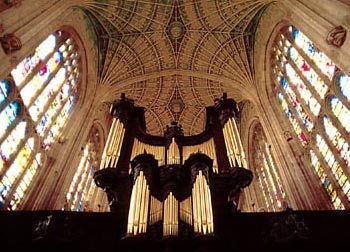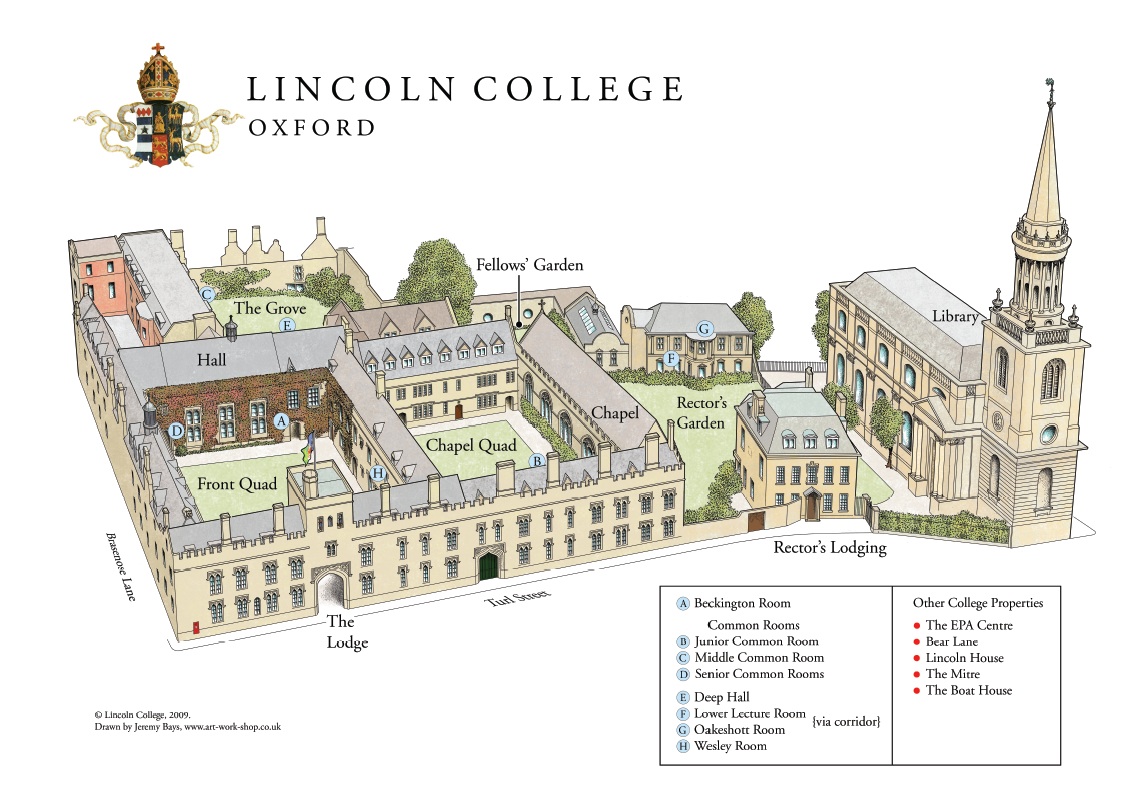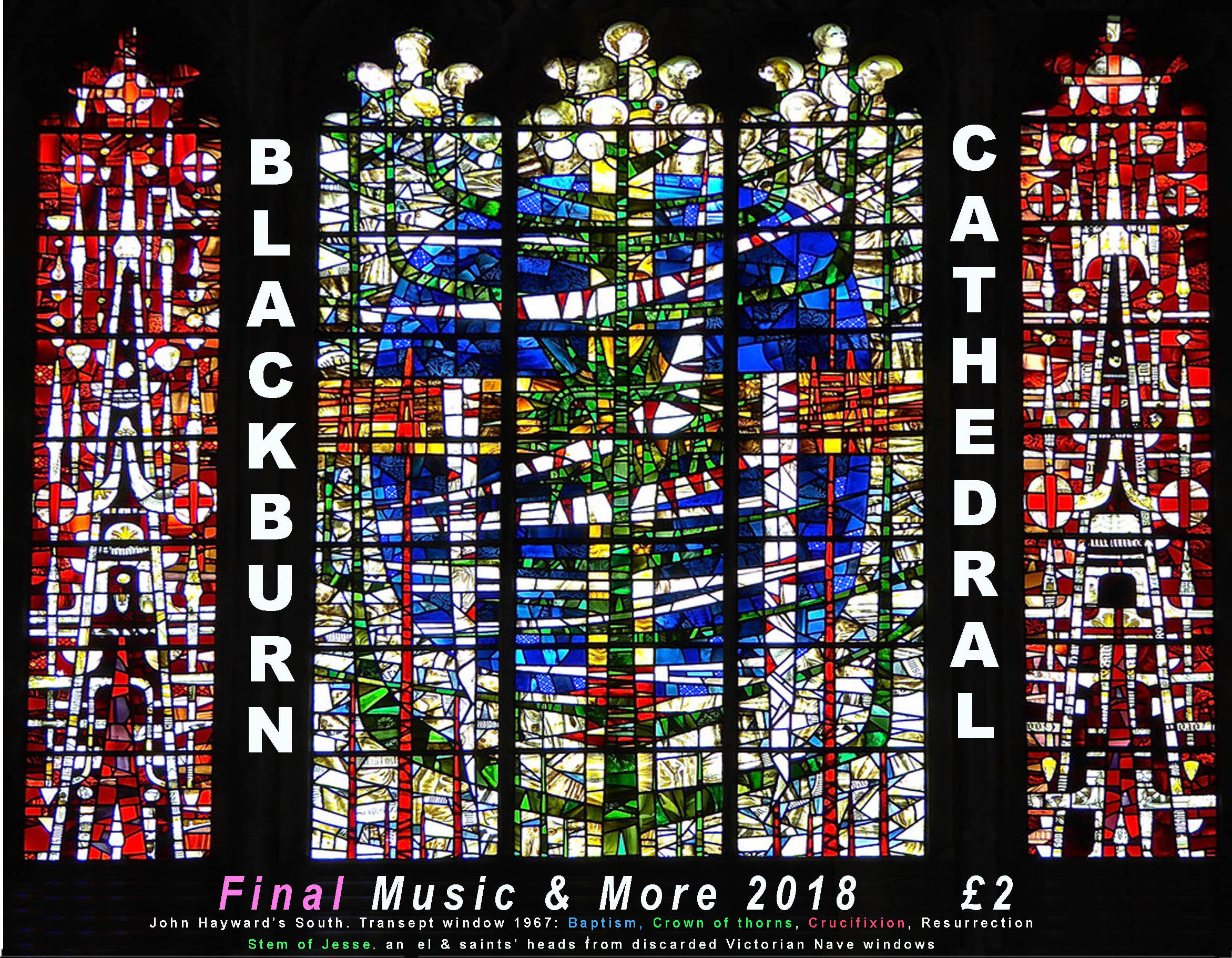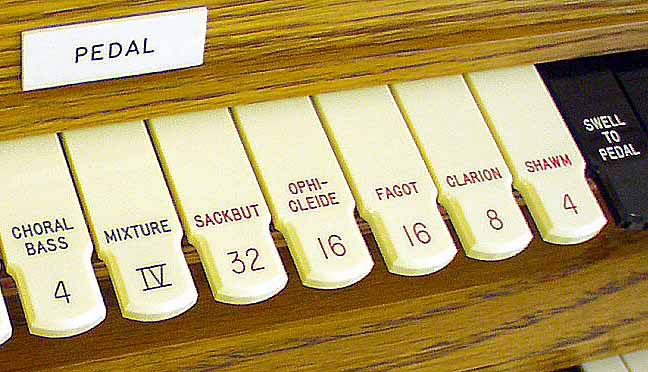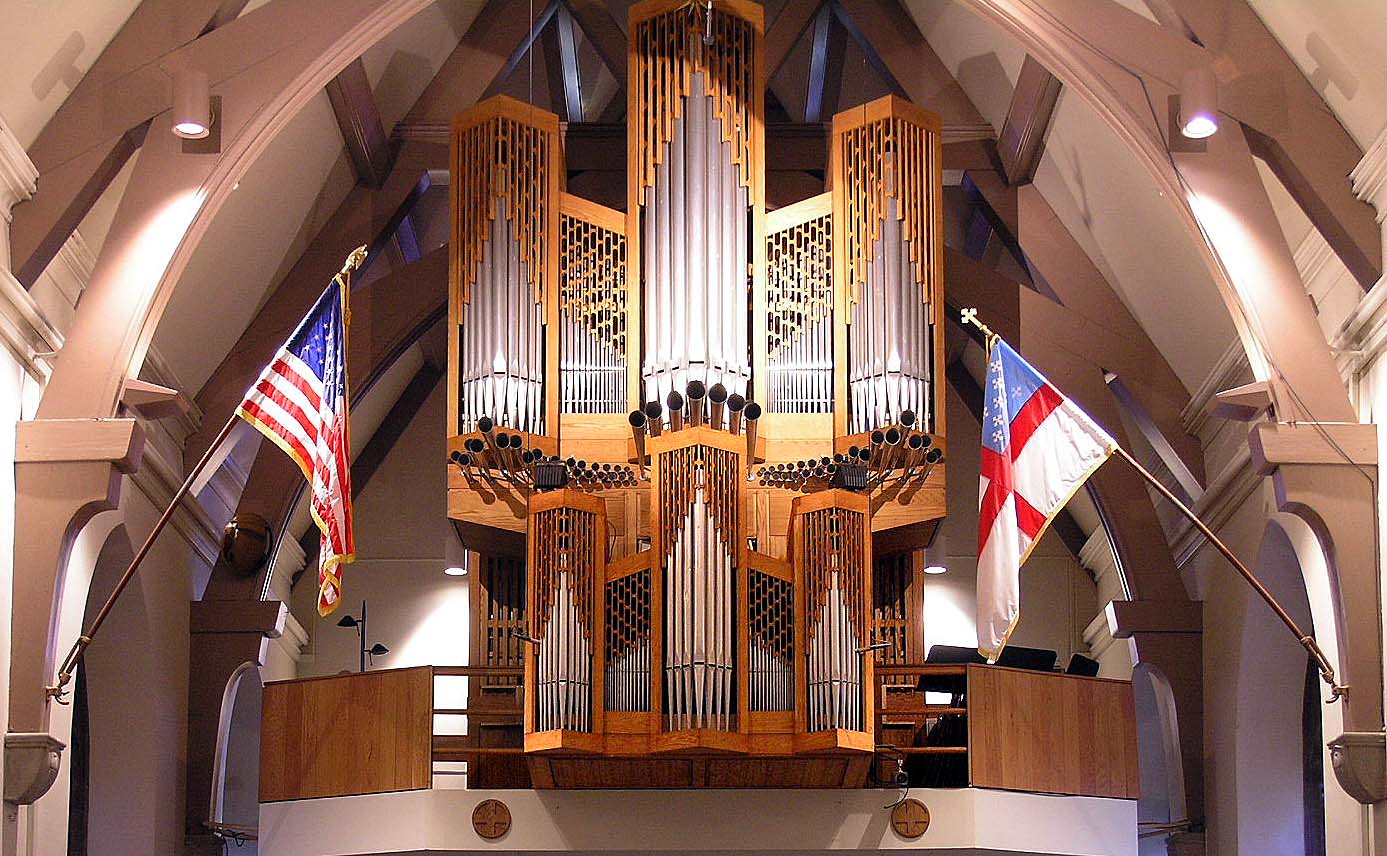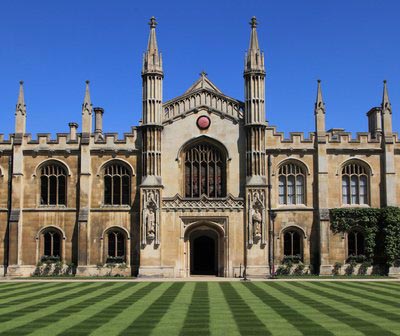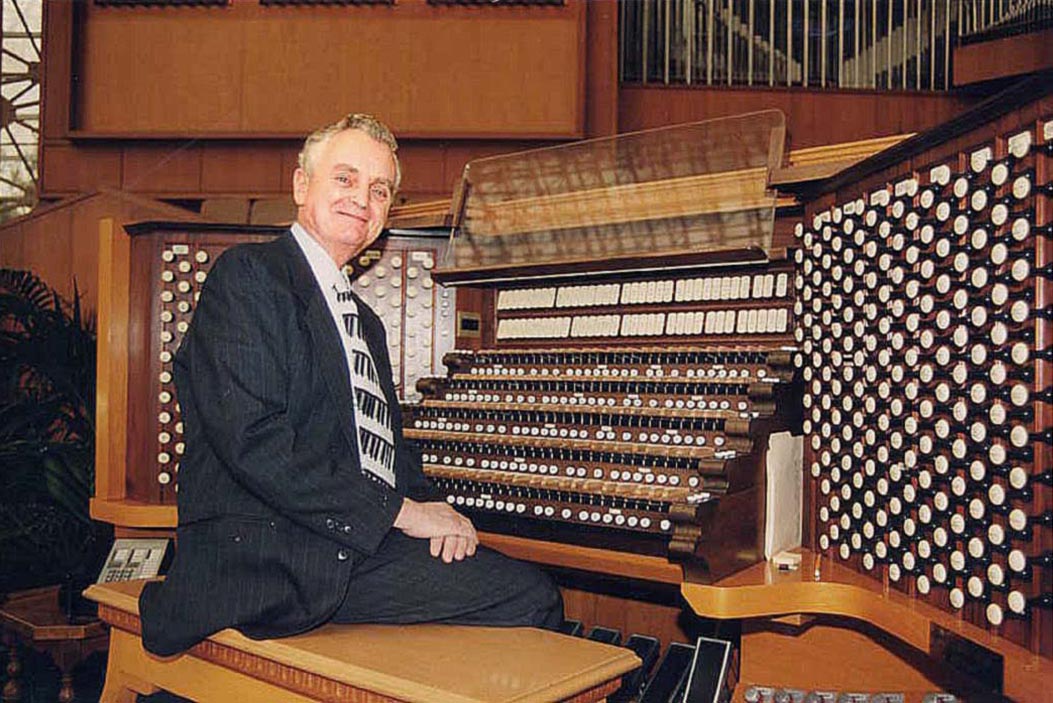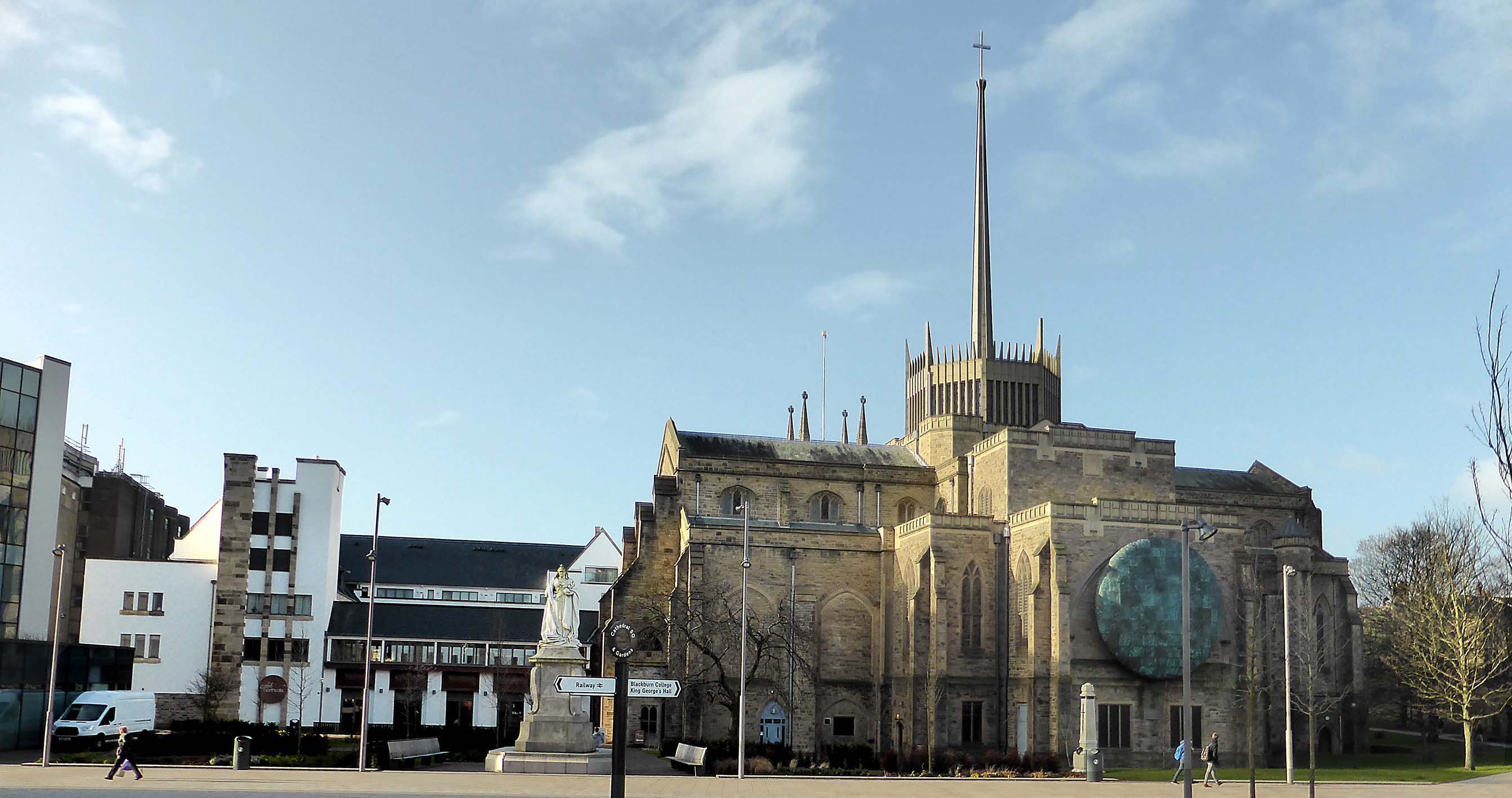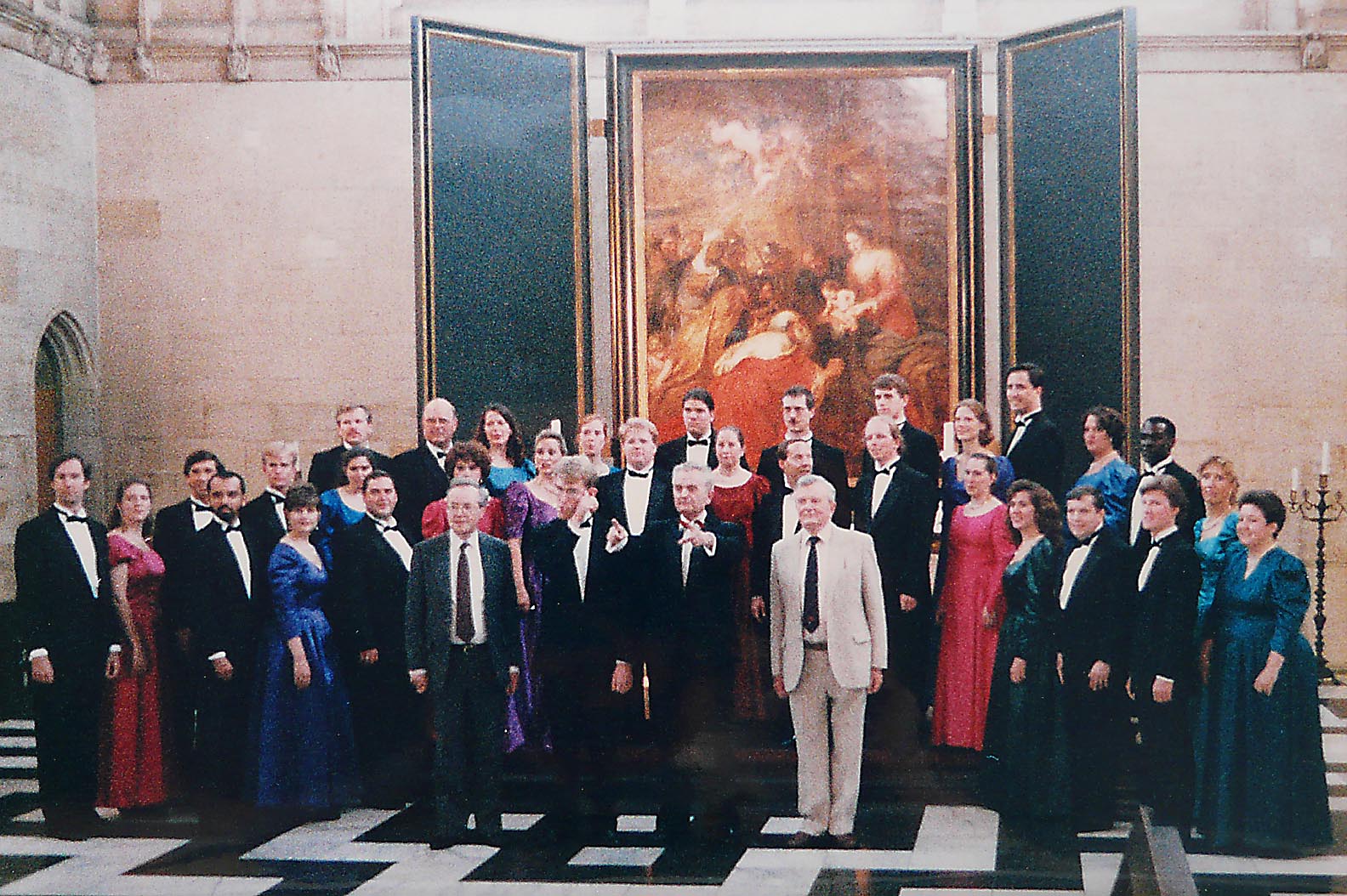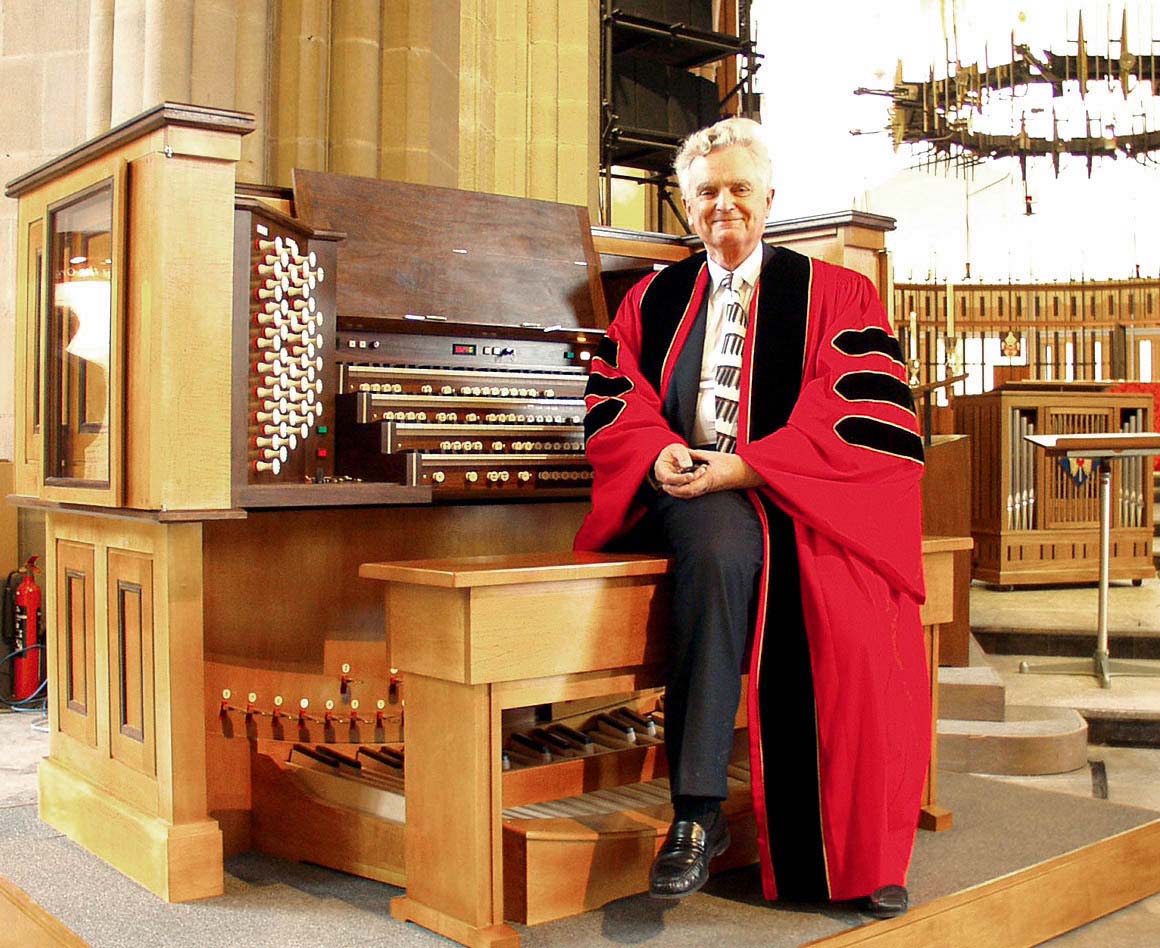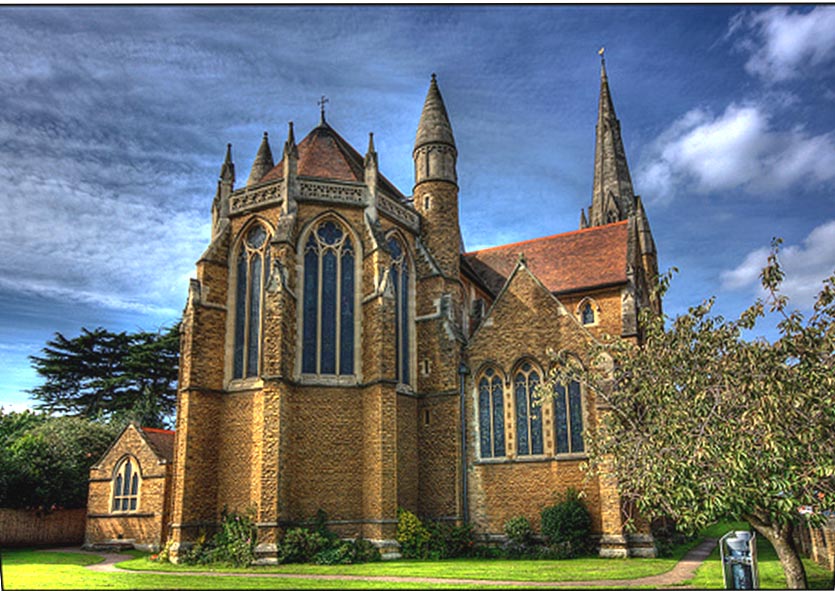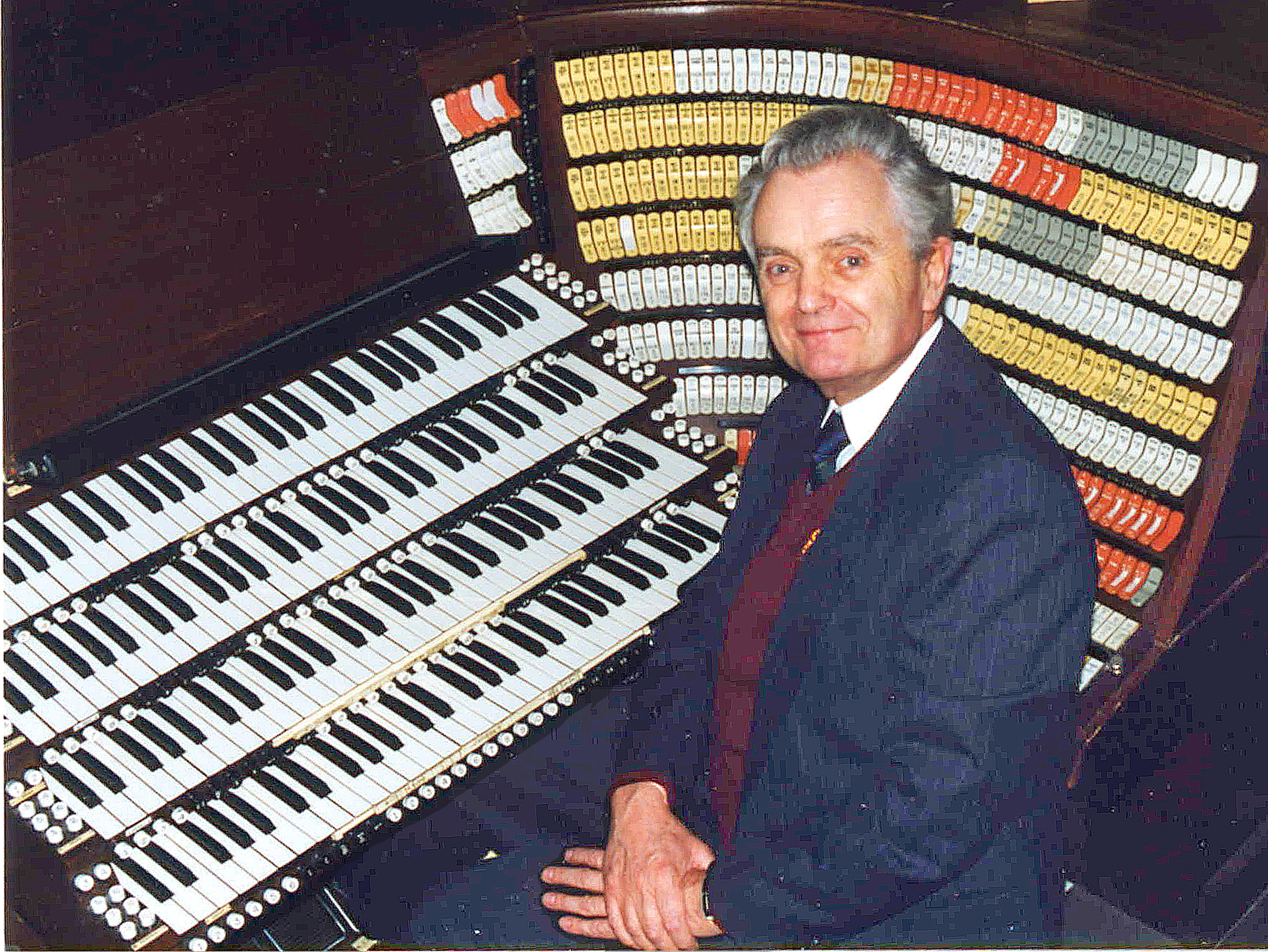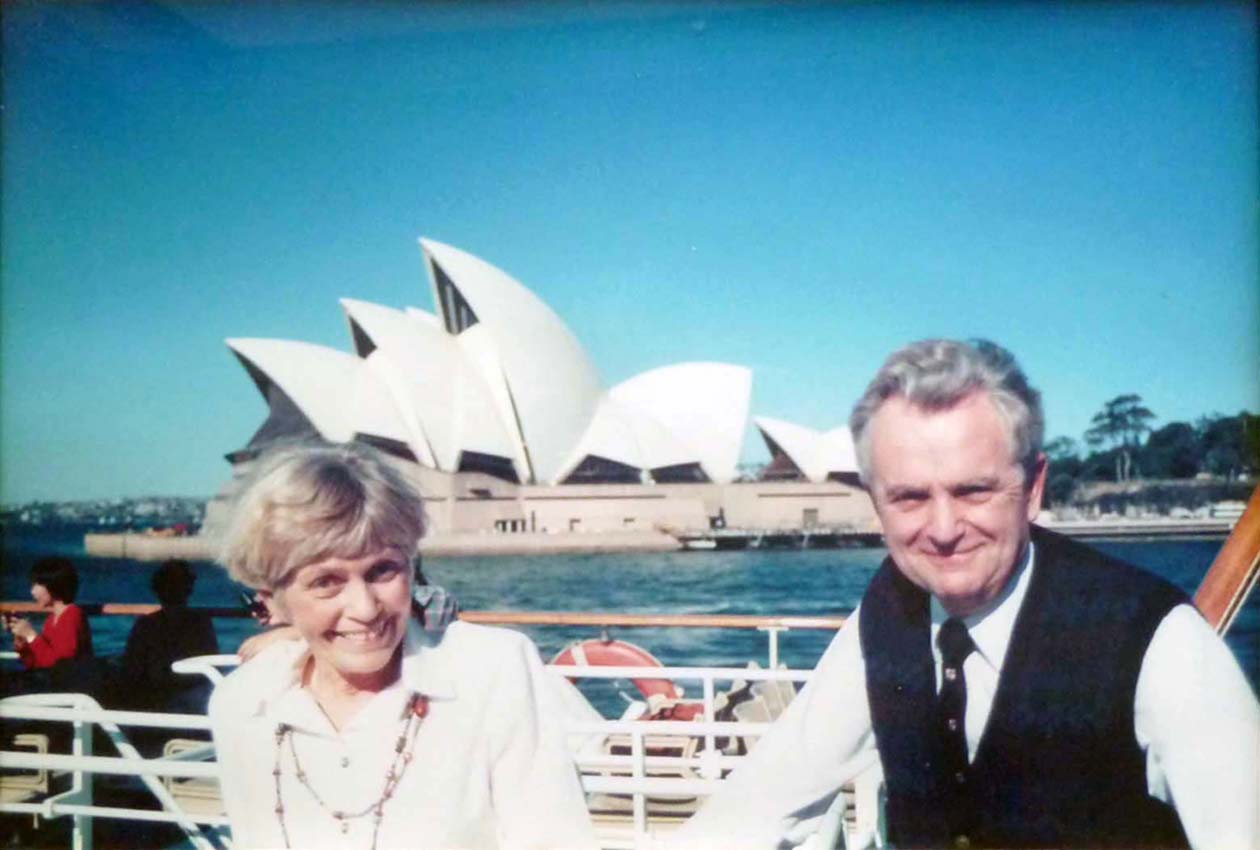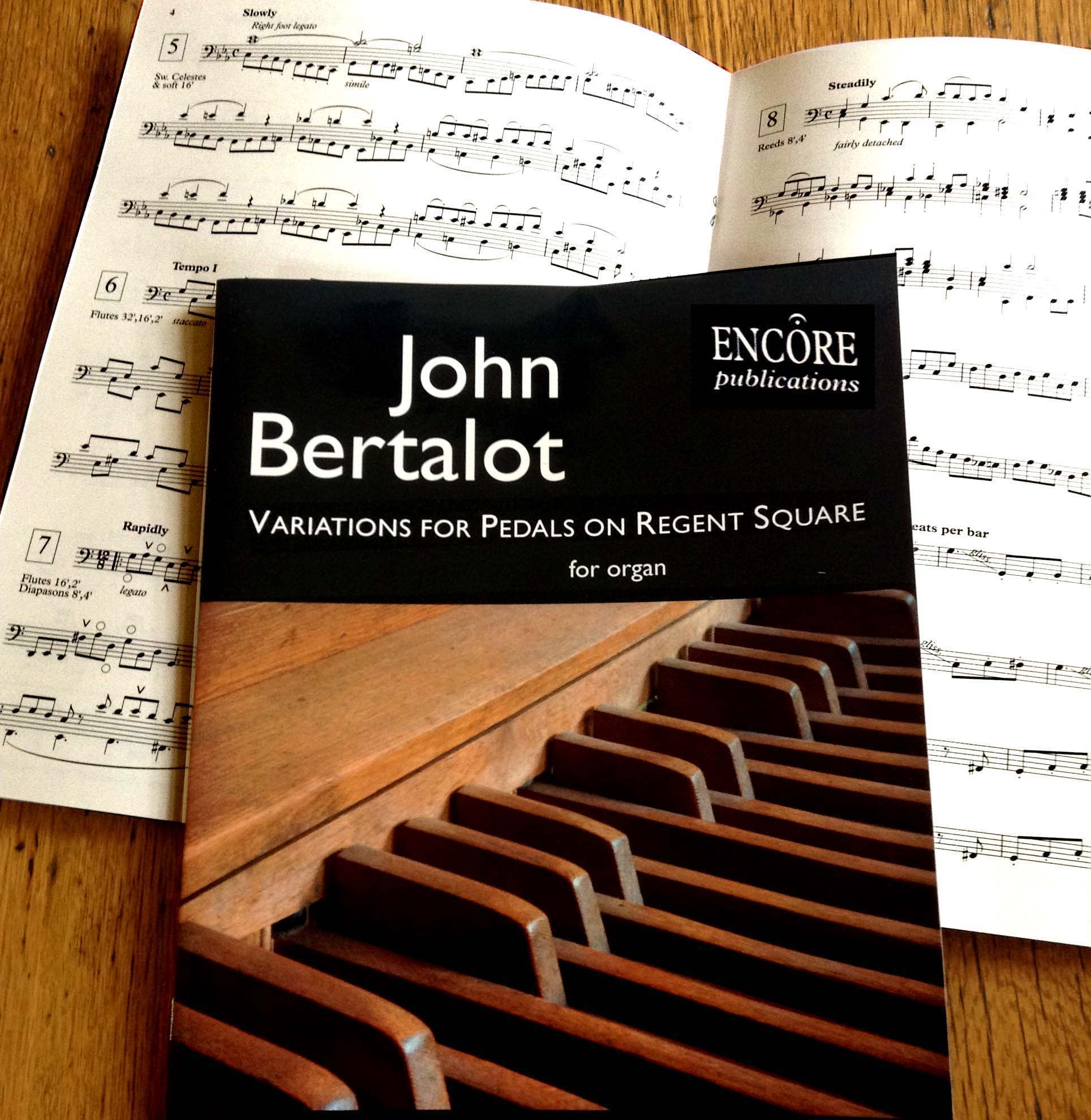WAS BACH A MATH3MAT1C1AN?
No.10: The dying Bach’s Last composition
From lectures John Bertalot gave in
King's College, Cambridge, August 1986
Southwell Minster, July 2000
The Hereford Three Choirs’ Festival, August 2003
and Blackburn Organists’ Association, September 2010
“Before Thy Throne I now appear”
© John Bertalot
Why is this Chorale Prelude so significant?
Because JSB packed more 'Bach Symbolism' into these few bars than in any other composition!
So be prepared to have your socks blown off!
This short Chorale Prelude is, perhaps, one of the most extraordinary compositions that Bach ever made (a) because of how he created it, and (b) because of the abounding Bachian number symbolism that it contains – most of which is easily perceived but (as I shall demonstrate) some of which is very well hidden indeed.
Ernest Newman, whom Grove’s Dictionary of Music & Musicians described as “the most celebrated British Music critic in the first half of the 20th century” wrote: ‘The chorale preludes are the key to the very heart of Bach’.
How much more must it be true of this, the last chorale prelude that Bach ever composed, for in the last week of his life, after having had a stroke and being virtually blind (for he had had an unsuccessful operation on his eyes by the same surgeon who had operated equally unsuccessfully on Handel) he dictated it to his son-in-law, Johann Christoph Altnikol.
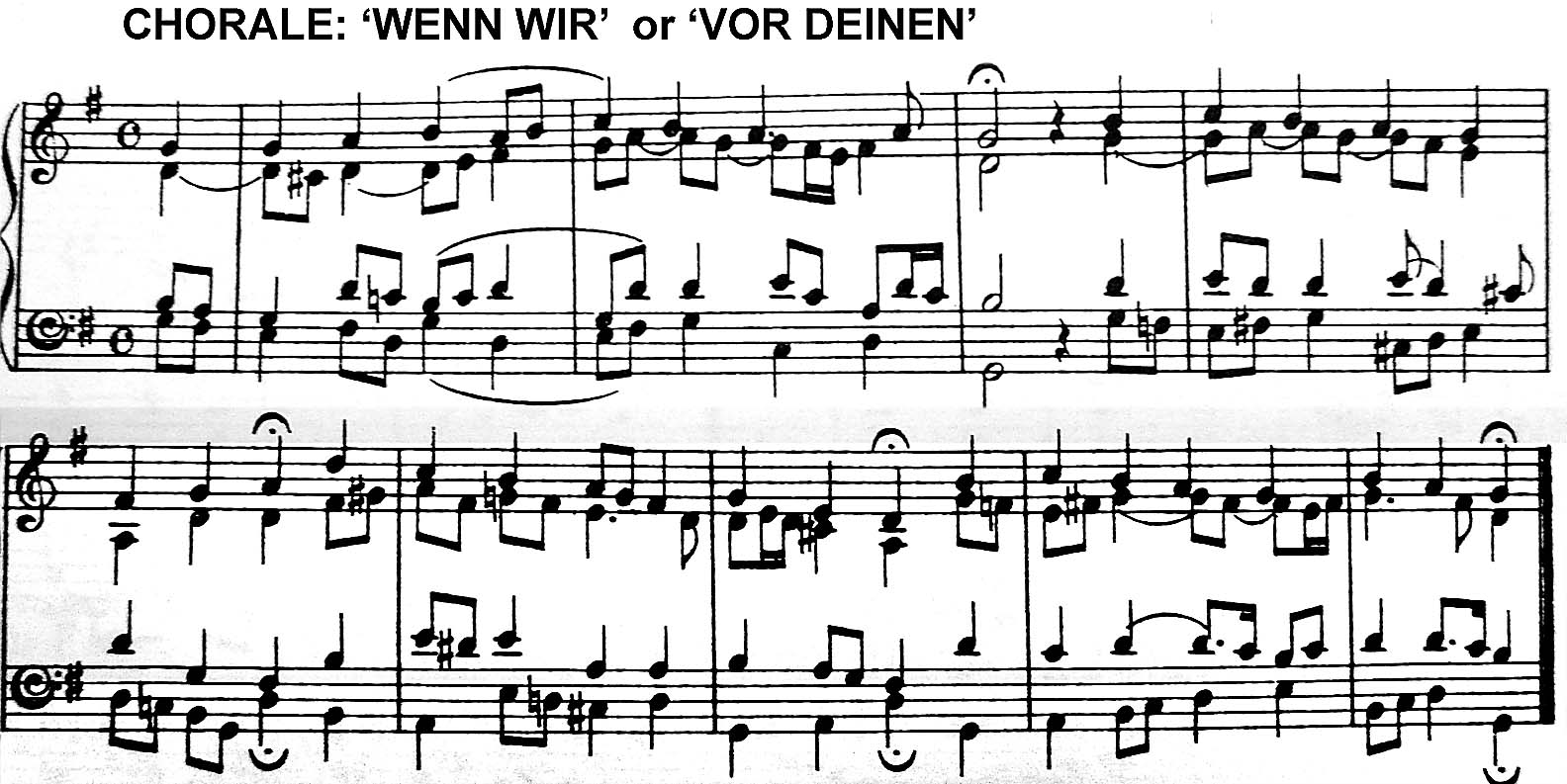
He chose to compose a chorale prelude on Wenn wir in hochstein Nothen sein (‘When in the hour of utmost need’) which he’d already set in his Orgelbuchlein, but for this, his last work, he chose different words: Vor deinen Thron (‘Before thy throne I now appear’). So this was a statement of faith of a dying Christian who knew that he was about to meet his God. The work he produced is wholly amazing for, of course, he was unable to see the written page and yet he was able to pack into this short work an astonishing amount of Bachian number symbolism. It is also a most beautiful composition, by which organists cannot fail to be moved when they play it.
‘Before thy Throne I now appear,
O Lord! bow down thy gracious Ear,
Reject not from thy loving Face
A sinful Wretch, who sues for Grace.’
Tr. John Christus Jacobi 1720
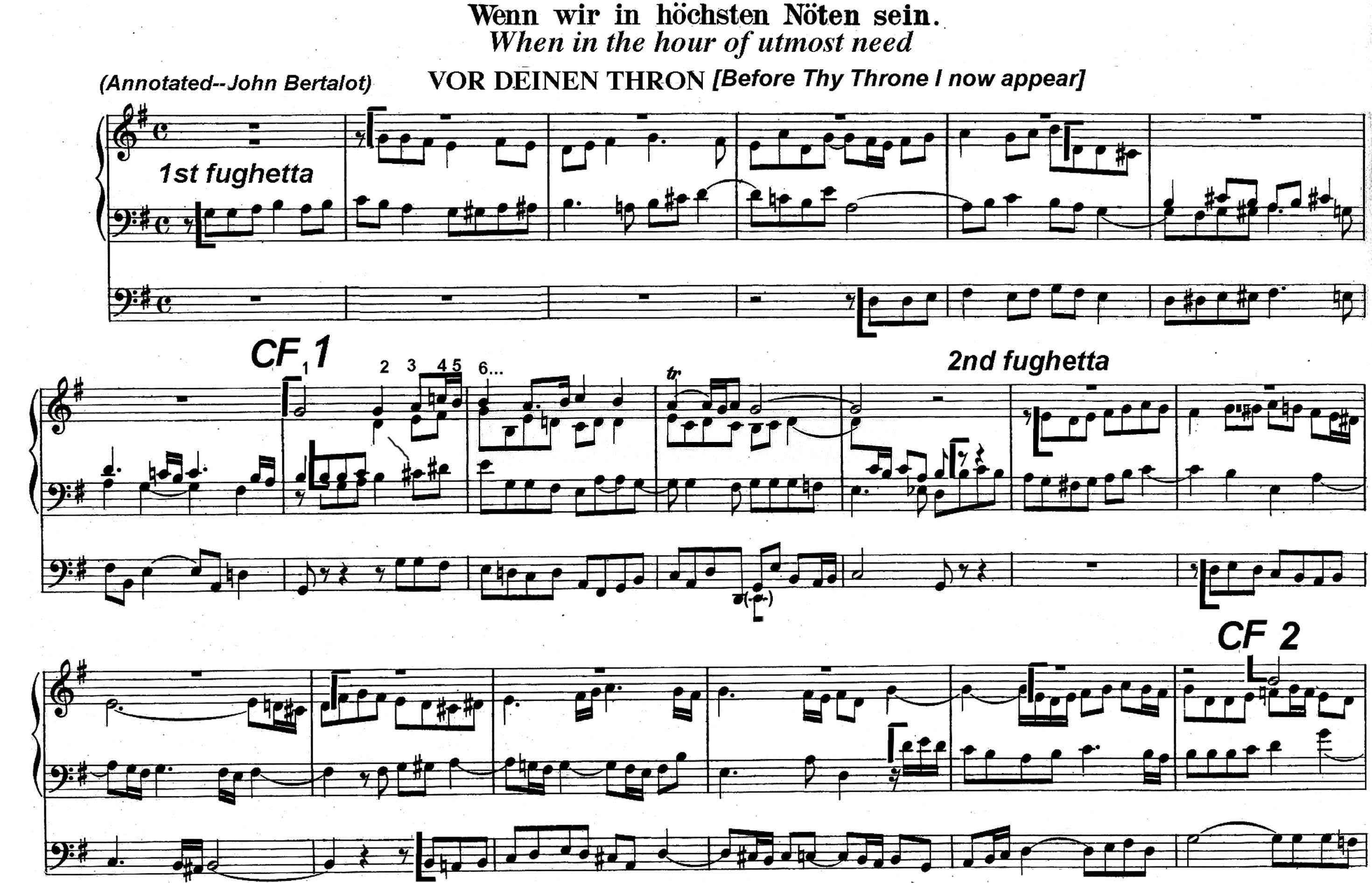
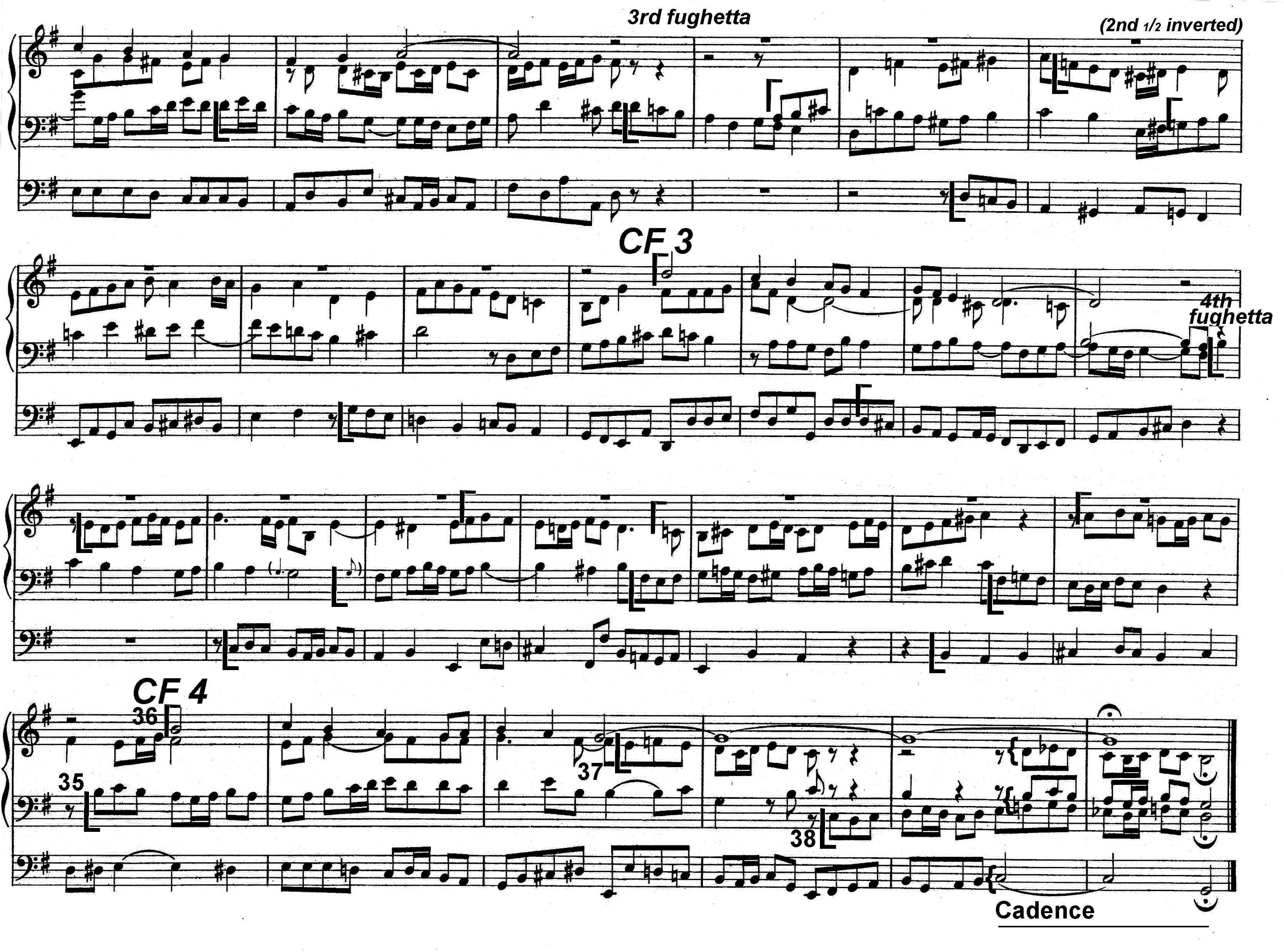
It is written, at first sight, as a simple chorale prelude – with counterpoint based closely on the chorale melody, and with the main melody (Cantus Firmus) played in longer notes towards the end of each short section. There are four lines of words set to the four lines of music: he treats each line as a short fugue – BUT in writing each section as a strict fugue he made each countersubject the inversion of the subject. This went against the custom of making the countersubject different in style from the subject (i.e. providing a Theme B to go against Theme A – which eventually led to the basis of classical 1st movement Sonata form).
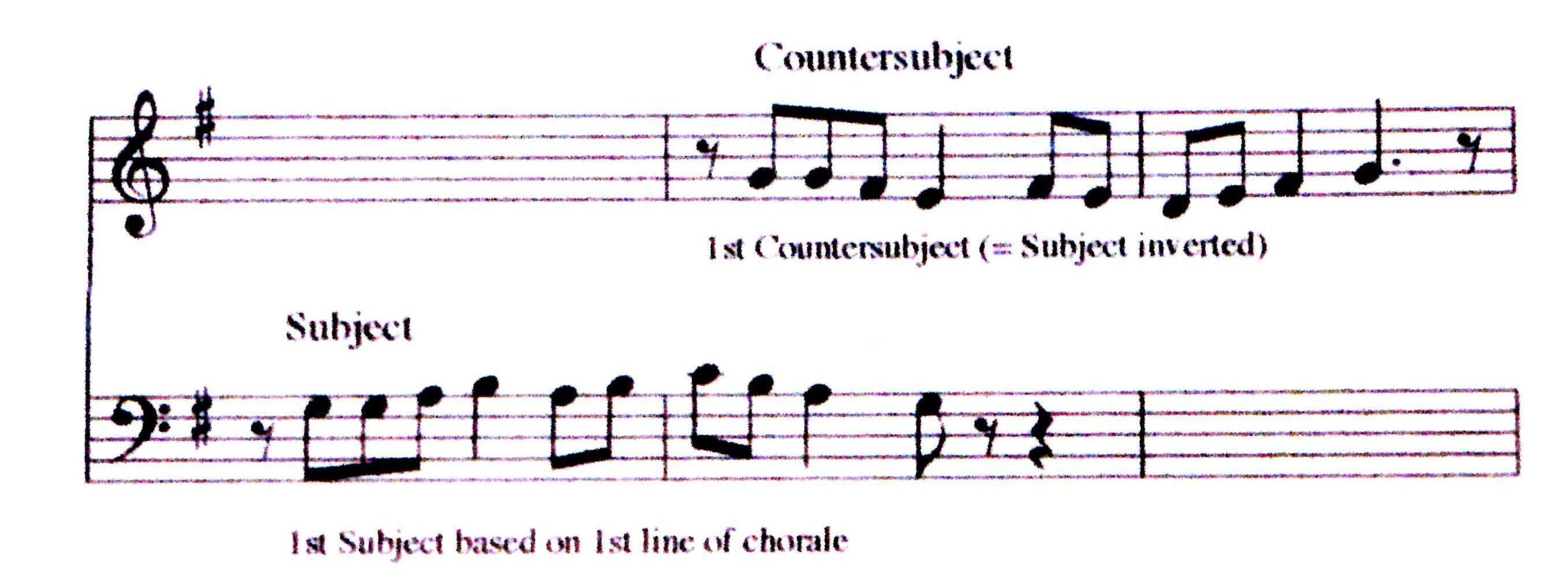
However, Bach creates these inversions so consistently and so inevitably that it’s easy to overlook them.
But let us remind ourselves of the two numbers which were especially significant to Bach,
using the 24-number alphabet (for the letters i & j, and U & V are, historically, the same letter):
Therefore Bach’s surname in numbers would be
B A C H
2 1 3 8
The sum of those numbers comes to 14
Whereas
J S B A C H is 9 18 2 1 3 8
And the sum of those numbers comes to 41
Therefore for a composer who could create music going backwards as well as forwards
or even upside down (see The Art of Fugue)
both 14 and 41 represented Bach’s name to himself, and therefore also to us.
So let us look at the number symbolism of Vor deinen thron in detail.
1: Count the number of notes in the first full statement of the chorale theme – which comes
in longer notes towards the end of the first fughetta (‘CF1’).
(By the way, two notes which are tied are counted as one note.) You will see that I have started the count, from 1 to 6... and left you to complete the counting.
The answer? 14 !
Now do the same for the remaining three chorale melodies – CF 2, CF 3 and CF 4:
The answer? 8, 10 & 9.
Add up those four numbers and we get ?? (Work it out for yourself – to experience the thrill of discovery.)
2: Now for further detail:
Count the number of fugal entries which use the chorale melody in the whole piece.
Include the ‘longer note’ solo melody each time. (I have marked each entry, for they are not always easy to see.)
There are 6 in the first fughetta...
(Please note that two bars after the start of the 3rd fughetta there is a small error: Bach apparently dictated a minim ‘G’ in the left hand which served not only as the last note of the first entry, but also as the first note of the next entry. But remember that Bach was dying when he dictated this, so a tiny slip should be excused. I am grateful to Peter Hurford for pointing this out – he suggested that the minim should be divided into a dotted crotchet/quaver.)
To check that we agree on the total number of fugal entries (plus the main longer-note choral melody) I have indicated some numbers on the last line.
May your mind be blown if you come to the appropriate Bachian number!
- But there’s more:
How many crotchet beats are there in that 3½ bar G tied note at the end?
- But saving the best until last:
Look at the final 1½ bars (‘Cadence’):
I remember attending a lecture by Herbert Howells when I was a scholar at the Royal College of Music in London. He played those final bars and commented, “That was the last music the dying Bach composed.” He said it emotionally – and so we listened to that final cadence in awe.
When you play those 1½ bars, play them with awe, not only because they were the last notes Bach created, but also for the hidden message they convey.
For example, why does Bach make the second chord of that plagal cadence C Minor? ... beginning with an E flat which immediately contradicts the E natural a beat before; for the music has been in G major tonality throughout.
If these last few notes had been C major the sense of awe at that final cadence would have been missing. But the minor tonality says to me, ‘Stop – listen – these are my dying words.’
So I play them very slowly indeed.
Another thought: it is well known that Bach inserted his own name (‘B A C H’) into some of his compositions. For example, exactly halfway through the Schübler Choral Preludes, and towards the end of The Art of Fugue - for in Germany B flat is known as ‘B’ and B natural is called ‘H’. So surely he should have included ‘B A C H’ at the end of this his final work? It would have been quite easy to do:
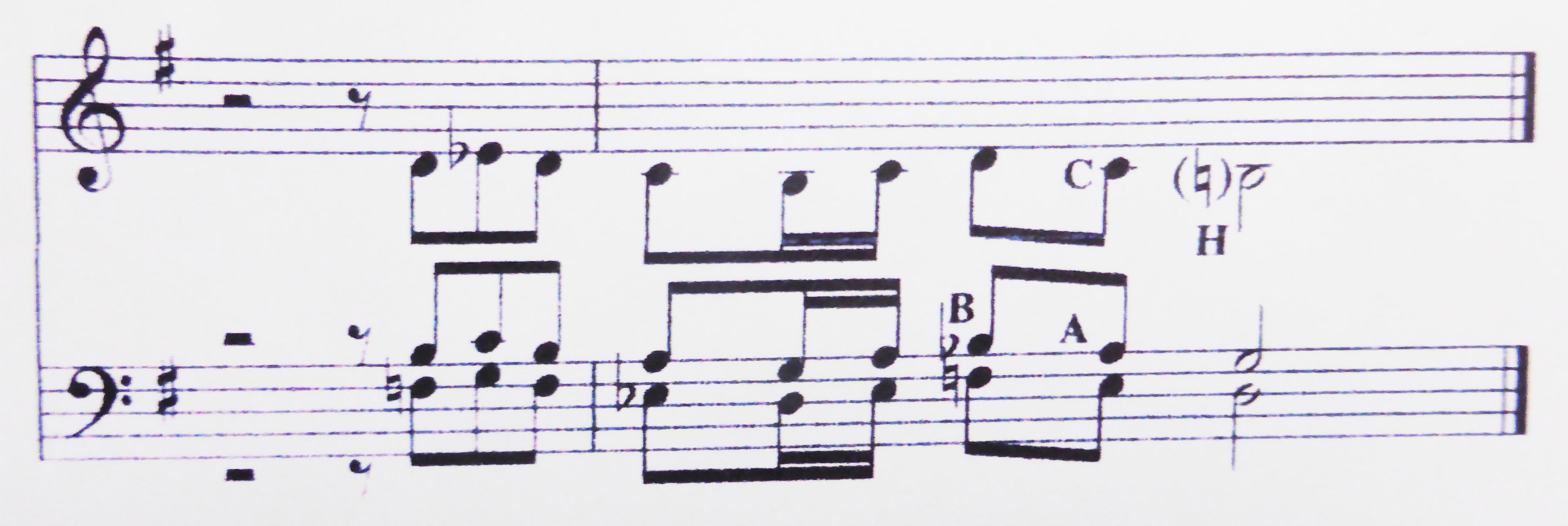
But it doesn’t sound right, even if one flattened most of the Bs from the start of that phrase, and ending with a tierce de picardie.
For there was no need to add ‘B A C H’, for he had already signed his name there!
Can you see it?....
Perhaps you might count the number of notes in that final trio entry. 3x9 = 27.
And 27, as we saw when discussing his St. Anne Fugue, was significant to Bach
for it could represent the Trinity: 3x3x3. And of course 2x7 = 14.
But no, again.
How many notes are there in the alto part? 9
How many notes are there in the two tenor parts? 18
How many notes are there in the bass part? 2
And so, what letters do the numbers 9,18 and 2 represent?
Have you been blown away by this discovery?
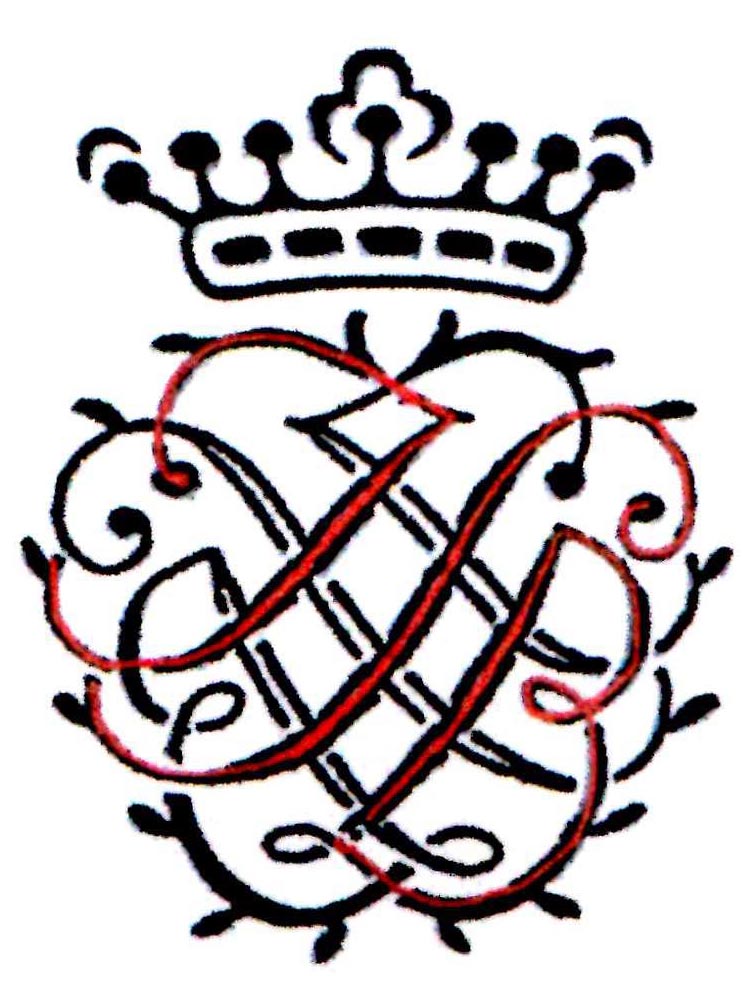
Bach's logo which he designed himself - can you see what those curly lines are saying (both forwards and backwards)?
I've coloured the forwards version to make it easier to see.

